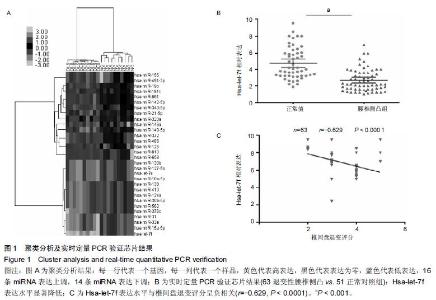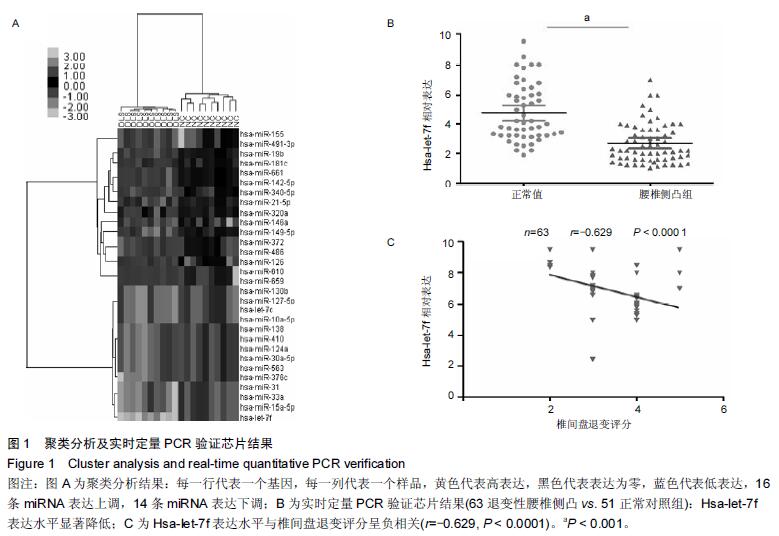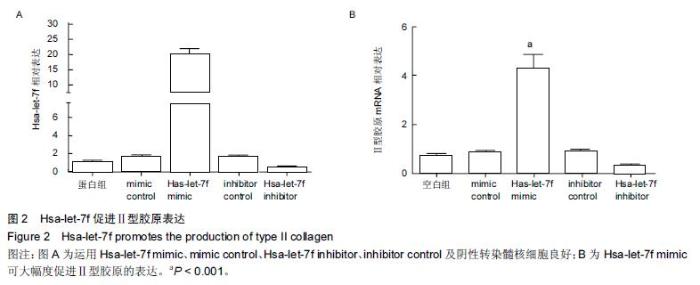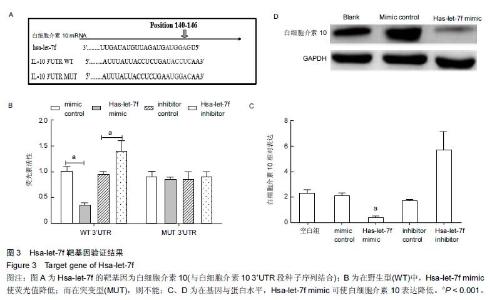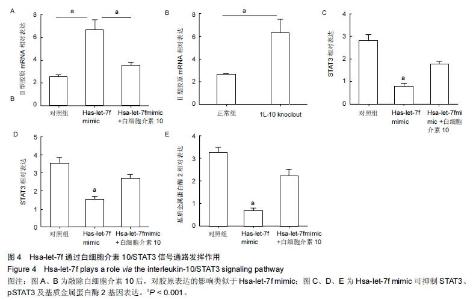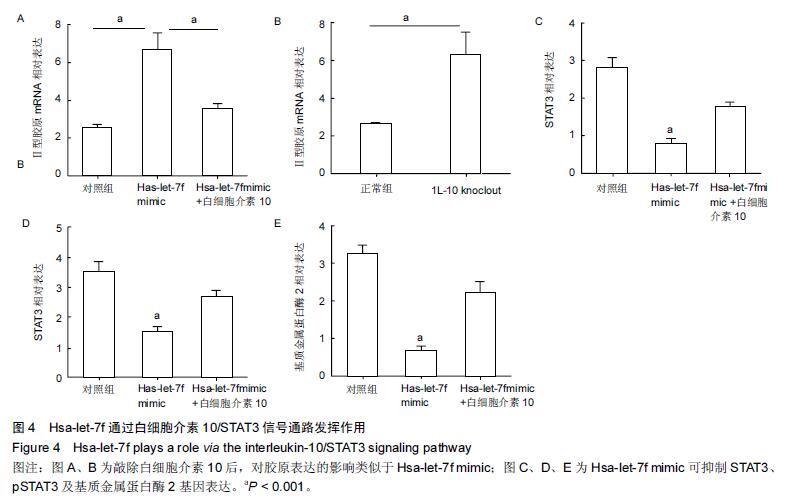| [1] 喻林,石志才,白玉树,等.骨水泥加强长节段钉棒置入治疗伴骨质疏松症的退变性脊柱侧弯22例[J].中国组织工程研究与临床康复,2008,2(35):6963-6967. [2] Cho KJ, Suk SI, Park SR, et al. Risk factors of sagittal decompensation after long posterior instrumentation and fusion for degenerative lumbar scoliosis. Spine (Phila Pa 1976).2010;35(17): 1595-1601. [3] 郑杰,杨永宏,楼肃亮,等.退变性脊柱侧弯的生物力学有限元分析[J]. 中国组织工程研究, 2013, 17(30): 5490- 5496. [4] Schwab F, Dubey A, Gamez L, et al. Adult scoliosis: prevalence, SF-36, and nutritional parameters in an elderly volunteer population. Spine (Phila Pa 1976). 2005;30(9): 1082-1085. [5] Lowe T, Berven SH, Schwab FJ, et al. The SRS classification for adult spinal deformity building on the King/Moe and Lenke classification systems. Spine (Phila Pa 1976).2006;31(19 Suppl): S119-125. [6] Schwab F, Patel A, Ungar B, et al. Adult spinal deformitypostoperative standing imbalance: how much can you tolerate? An overview of key parameters in assessing alignment and planning corrective surgery. Spine (Phila Pa 1976).2010;35(25): 2224-2231. [7] Risbud MV, Shapiro IM. Role of cytokines in intervertebral disc degeneration: pain and disc-content. Nat Rev Rheumatol.2014; 10(1): 44-56. [8] Hoyland JA, Le Maitre C, Freemont AJ. Investigation of the role of IL-1 and TNF in matrix degradation in the intervertebral disc. Rheumatology (Oxford) 2008; 47(6): 809-814. [9] Le Maitre CL, Freemont AJ, Hoyland JA. The role of interleukin-1 in the pathogenesis of human intervertebral disc degeneration. Arthritis Res Ther. 2005; 7(6): R732-745. [10] Huang KY, Lin RM, Chen WY, et al. IL-20 may contribute to the pathogenesis of human intervertebral disc herniation. Spine (Phila Pa 1976).2008; 33(10): 2034-2040. [11] Li Z, Yu X, Shen J, et al. MicroRNA in intervertebral disc degeneration. Cell Prolif.2015;48(3): 278-283. [12] Wang HQ, Yu XD, Liu ZH, et al. Deregulated miR-155 promotes Fas-mediated apoptosis in human intervertebral disc degeneration by targeting FADD and caspase-3 . J Pathol.2011;225(2): 232-242. [13] Gu SX, Li X, Hamilton JL, et al. MicroRNA-146a reduces IL-1 dependent inflammatory responses in the intervertebral disc. Gene.2015;25, 555(2): 80-87. [14] Yu X, Li Z, Shen J, et al. MicroRNA-10b promotes nucleus pulposus cell proliferation through RhoC-Akt pathway by targeting HOXD10 in intervetebral disc degeneration. PLoS One.2013;8(12): e83080. [15] Gandhi R, Healy B, Gholipour T, et al. Circulating microRNAs as biomarkers for disease staging in multiple sclerosis. Ann Neurol.2013;73(6): 729-740. [16] Mitchell PS, Parkin RK, Kroh EM et al. Circulating microRNAs as stable blood-based markers for cancer detection. Proc Natl Acad Sci USA.2008;105(30): 10513-10518. [17] Santa-Maria I, Alaniz ME, Renwick N, et al. Dysregulation of microRNA-219 promotes neurodegeneration through post-transcriptional regulation of tau. J Clin Invest.2015;125(2): 681-686. [18] Ng EK, Chong WW, Jin H, et al. Differential expression of microRNAs in plasma of patients with colorectal cancer: a potential marker for colorectal cancer screening. Gut.2009;58(10): 1375-1381. [19] Carlsen AL, Schetter AJ, Nielsen CT, et al. Circulating microRNA expression profiles associated with systemic lupus erythematosus. Arthritis Rheum.2013; 65(5): 1324-1334. [20] Xiao B, Wang Y, Li W, et al. Plasma microRNA signature as a noninvasive biomarker for acute graft-versus-host disease. Blood.2013;122(19): 3365-3375. [21] Huang WC, Chan SH, Jang TH, et al. miRNA-491-5p and GIT1 serve as modulators and biomarkers for oral squamous cell carcinoma invasion and metastasis. Cancer Res.2014;74(3): 751-764. [22] Yuan M, Zhan Q, Duan X, et al. A functional polymorphism at miR-491-5p binding site in the 3'-UTR of MMP-9 gene confers increased risk for atherosclerotic cerebral infarction in a Chinese population. Atherosclerosis.2013;226(2): 447-452. [23] Yagi M, Hosogane N, Watanabe K, et al. The paravertebral muscle and psoas for the maintenance of global spinal alignment in patient with degenerative lumbar scoliosis. Spine J. 2015 Jul 9. pii: S1529-9430 (15)00680-4. |
